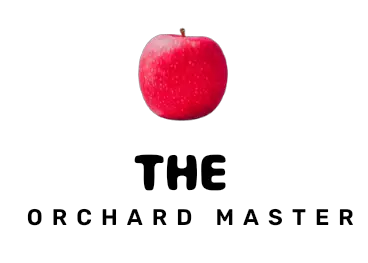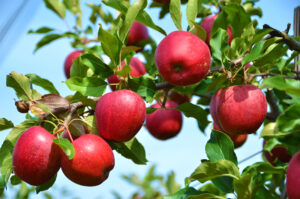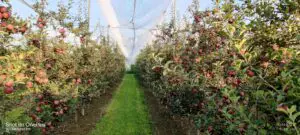Introduction:
Apple orchards are widely appreciated for their beautiful landscapes and delectable fruits. However, managing apple orchards is no easy feat. Crop load management, in particular, is vital to the overall health and productivity of your apple trees. This comprehensive guide will delve into expert-approved crop load management strategies that prevent overcropping and ensure optimal tree health, leading to consistent, high-quality apple production.
Understand Apple Tree Physiology
To effectively manage apple orchards’ crop load to understand basic apple tree physiology. Apple trees rely on ensuring the right balance between vegetative growth (leaves and branches) and reproductive growth (fruit). Overcropping refers to a tree producing more fruit than it can support, leading to excessive nutrient and energy demand, poor fruit quality, and potential long-term negative impacts on the tree’s health.
Assess the Ideal Crop Load for Your Apple Variety
Different apple varieties have unique crop load requirements. Cornell University’s “Precision Crop Load Management” recommends using a “fruiting wall” approach, which means finding the ideal number of fruits per trunk cross-sectional area. To determine the perfect ratio for your apple variety, consider factors like tree age, tree vigor, and the previous year’s crop.
Employ Proactive Thinning Techniques
Thinning is one of the primary crop load management strategies. It involves removing a portion of the developing fruits to optimize the remaining crop. The two main types of thinning are manual and chemical.
Manual Thinning: Manual thinning typically focuses on removing imperfect fruits, such as those affected by pests or diseases. It’s labor-intensive but suitable for small-scale orchards.
Chemical Thinning: Mostly used in larger orchards, chemical thinning involves applying plant growth regulators that cause a controlled reduction in fruit retention. Be sure to follow your region’s regulations and guidelines when using chemical thinners.
Timing is critical in thinning. Typically, early thinning results in better fruit size and quality, while late thinning may compromise the tree’s carbohydrate availability and negatively impact future yield.
Assess Bloom Density
Monitoring the bloom density can help predict and manage the season’s crop load. Although it is not an exact science, understanding that a high blossom count may lead to higher fruit numbers can guide you to adjust thinning practices accordingly.
Encourage Branch Regrowth
Leaving some space for annual shoot regrowth is fundamental for ensuring continuous fruit production. Pruning trees appropriately can encourage regrowth and form fruiting spurs for the following seasons.
Conclusion:
Successful crop load management in apples is vital to maximizing yield, improving fruit quality, and maintaining tree health. By understanding apple tree physiology, assessing the ideal crop load, employing proactive thinning techniques, monitoring bloom density, and encouraging branch regrowth, you can safeguard against overcropping and secure the long-term success of your apple orchard.



